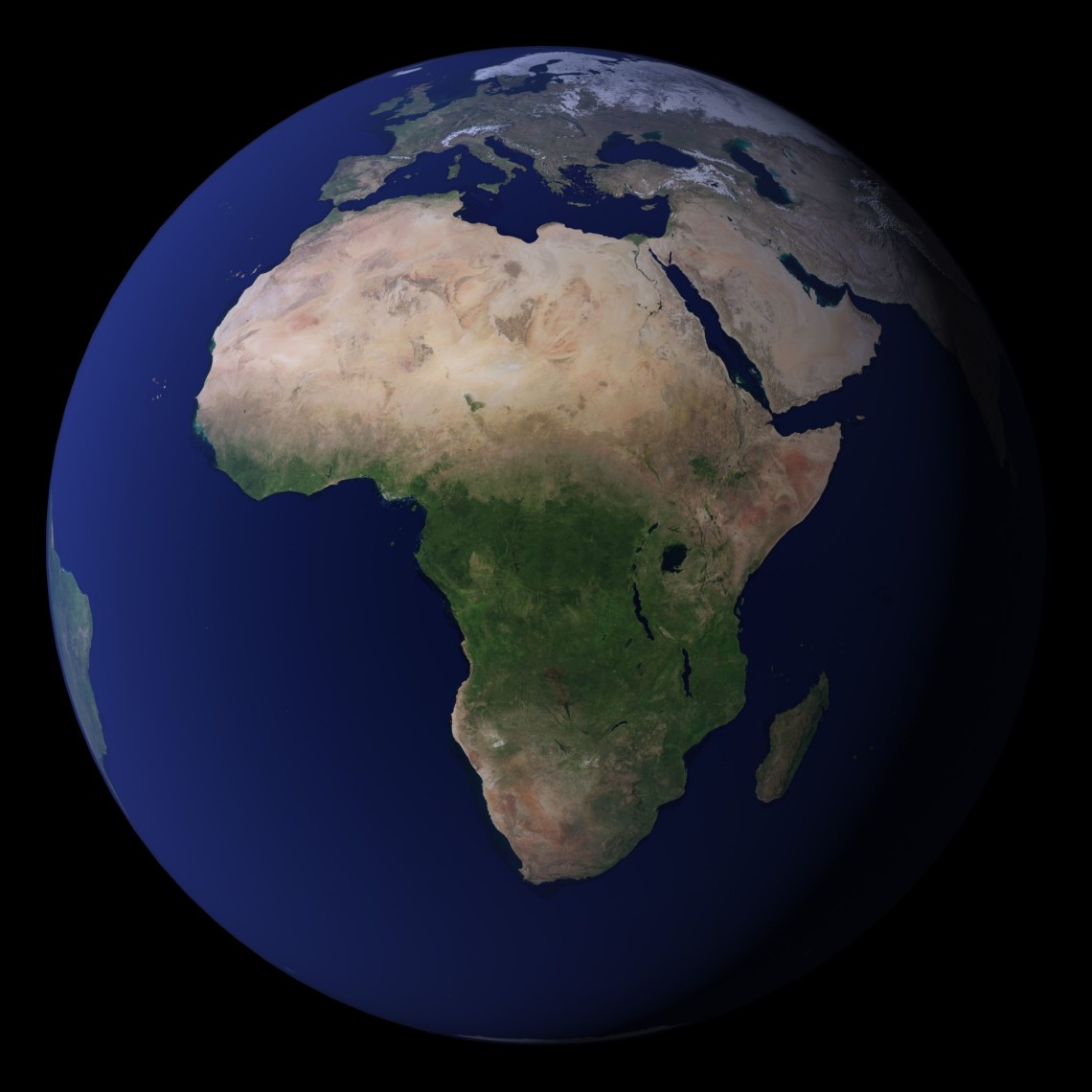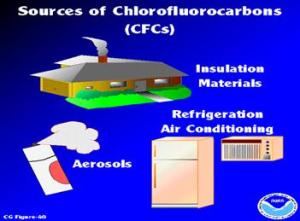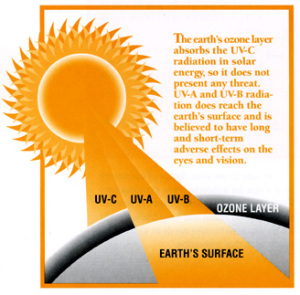
- 06 Dec, 14
- by Admin
- in Climate Change
-
 0
0
-

 0
0
Climate Change and Ozone Layer Erosion
In the 1970s and 80s, people around the world grew increasingly alarmed as research revealed that chemicals we were producing, such as
chlorofluorocarbon (CFC), used in refrigeration, had started destroying the crucial ozone layer, high up in the atmosphere, that protects us from the sun’s harmful UV radiation. In response, world governments came together to sign the Montreal Protocol in 1987, which phased out the production of ozone-depleting chemicals. The concentration of these chemicals in the atmosphere leveled off within a decade.
 It appears that climate change could actually cause the depletion of the ozone layer to resume on a wide scale, with grim implications for the world at large. From researcher’s observation, high temperatures force moisture to rise high up into the stratosphere, normally the stratosphere is bone dry. In the Arctic and Antarctic, though, the presence of holes in the ozone layer is tied to moisture. When water vapor raises the air temperature in the immediate vicinity, it allows compounds such as chlorine (leftover from chlorofluorocarbon (CFC), which will remain in our atmosphere for decades) to undergo a chemical shift into a free radical form, which then depletes ozone. As previous studies have shown, climate change means higher temperatures causing weather extremes such as heavy storms.
It appears that climate change could actually cause the depletion of the ozone layer to resume on a wide scale, with grim implications for the world at large. From researcher’s observation, high temperatures force moisture to rise high up into the stratosphere, normally the stratosphere is bone dry. In the Arctic and Antarctic, though, the presence of holes in the ozone layer is tied to moisture. When water vapor raises the air temperature in the immediate vicinity, it allows compounds such as chlorine (leftover from chlorofluorocarbon (CFC), which will remain in our atmosphere for decades) to undergo a chemical shift into a free radical form, which then depletes ozone. As previous studies have shown, climate change means higher temperatures causing weather extremes such as heavy storms.
Researchers measured that the local presence of water vapor increases the rate of ozone erosion as high as one hundredfold. As this mechanism has only been detected now, there are no historical data about how much water vapor has been moved upward by such storms over time, and so researchers cannot say just how much total increased ozone depletion has occurred so far, but their major concern is the future.
Despite the best efforts of the Montreal Protocol, the erosion of the ozone layer might accelerate in the coming century as a result. The particularly troubling aspect of this discovery is that it puts highly populated areas at risk, depletion is directly tied to increases in skin cancer, because more ultraviolet radiation is penetrating the atmosphere.
There has been a major effort by the medical community to define the relationship between a decline in ozone layer protection and the subsequent increase in skin cancer incidents. There are a million new skin cancer cases annually, it is the most common form of cancer, and it is one that is increasing in spite of all the medical research devoted to it.
Much more field research is needed to track the rate of water vapor injections into the stratosphere from stormy weather, the attendant ozone depletion and the prevalence of skin cancer in the world, but as long as greenhouse gas emissions rise, the trend will likely continue. Powerful storms will continue to take pollution and convert it to a process that breaks down ozone and depletes ozone layer.
There is a possibility that we can live with that rate of conversion for now, but in later years powerful storms will increase in frequency per global warming and deplete ozone faster, leading to greater number of skin cancer cases and posing greater danger to the environment.
We must do all that we can to cleanse our environment from pollutants especially plastics that are non-biodegradable as they pose grave danger to our environment, they block drainages, kill wildlife, livestock and destroy marine life.
Disposable Bag Reduction
IPCC Report: We Must Phase Out Fossil Fuels by 2100

